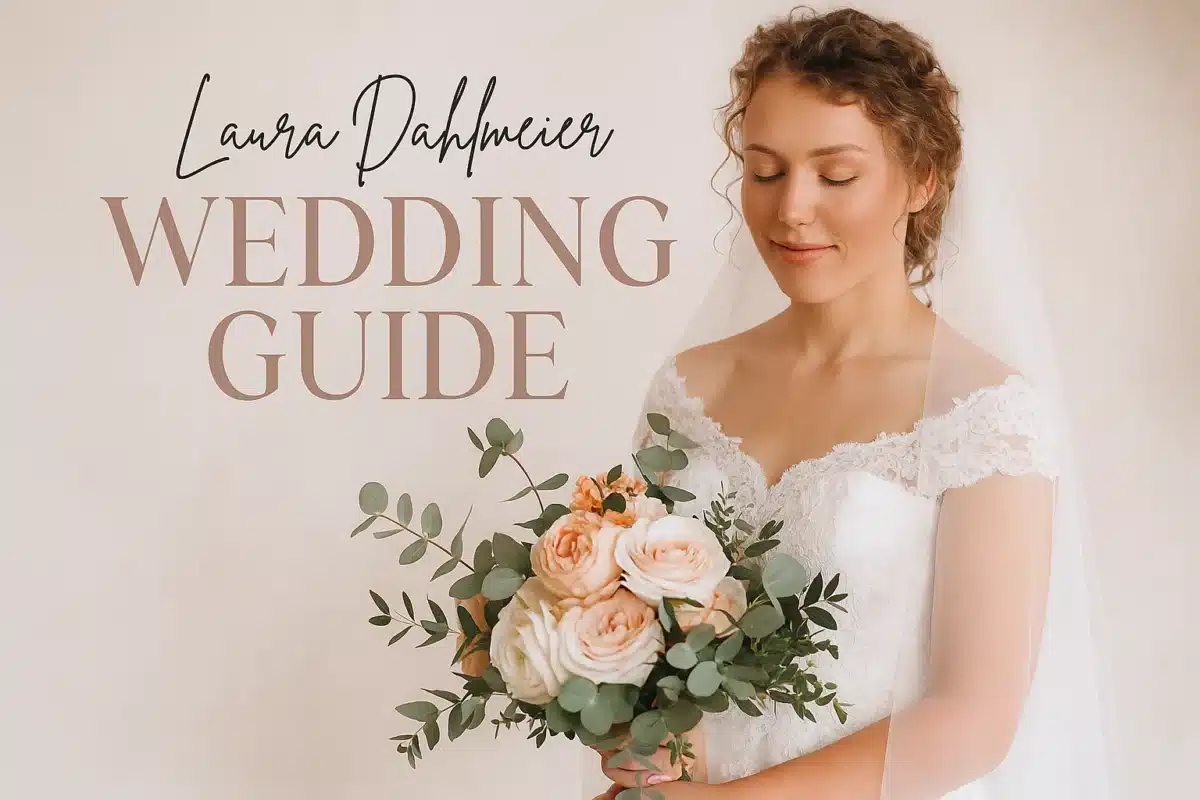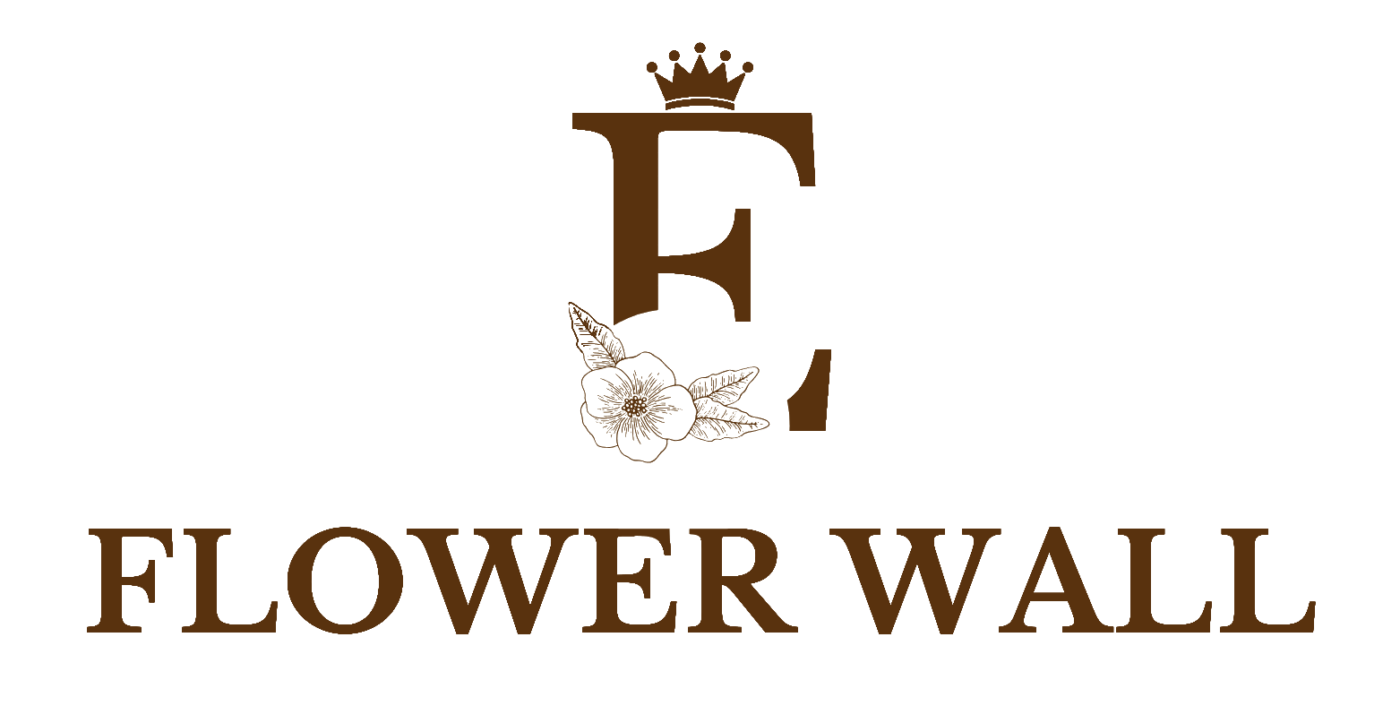Blog
Laura Dahlmeier Wedding Guide: Elegant Celebration Planning for Event Pros
Description
Laura Dahlmeier Wedding Guide: A comprehensive, experience-driven guide to planning a Laura Dahlmeier-inspired wedding — the perfect resource for party planners, distributors, and procurement teams. Learn practical strategies, scientific principles, step-by-step workflows, and real setup insights to deliver an unforgettable celebration.
Laura Dahlmeier Wedding Guide: Elegant Celebration Planning for Event Pros
Introduction
Planning a wedding inspired by someone like Laura Dahlmeier is more than recreating a look—it’s about capturing personality, emotional resonance, and eventflow that connects. For party planning companies, distributors, and purchasing professionals, this article offers a unique blend of experience-based insight and expert guidelines to streamline preparations, elevate creative offerings, and ensure flawless execution.
You’ll find:
- Firsthand before-and-after setup insights
- The science behind event design decisions
- A structured, easy-to-follow planning framework
- Tailored guidance for a range of clients and logistical profiles
This is both your roadmap and inspiration for delivering an unforgettable wedding.

Table of Contents
- Experience-Driven Narrative: From Blank Canvas to Dream Day
- The Science Behind… Why Each Element Works
- Structured Planning Workflow for Event Professionals
- 3.1 Setting the Vision
- 3.2 Logistics and Procurement
- 3.3 Execution & On-Site Management
- Tailored Advice for Different Vendor Profiles
- Conclusion
- FAQ
1. Experience-Driven Narrative: From Blank Canvas to Dream Day {#experience}
We recently staged a wedding inspired by Laura Dahlmeier’s poised elegance. Here’s how we took it from concept to reality.
Before
- Blank ballroom, concrete floors, harsh lighting
- Client wanted refined yet warm ambiance, organic florals, subtle lighting layers
After
- Layered drapes, soft amber uplighting, cascading centerpieces
- A defining moment: couple’s first look framed by a floral arch — emotional, visual anchor
Hurdles and How We Overcame Them
- Venue limitations: Load-in window was tight—solution: modular décor stored off-site and assembled in shifts.
- Florals arrived late: We built temporary structural frames ahead of time so blooms could be added last minute without delays.
- Last-minute seating changes: Having a slide-in digital seating board allowed quick updates, avoiding guest confusion.
This “experience” section shares what we walked through—the real challenges, fixes, and results that resonate with event pros.

2. The Science Behind… Why Each Element Works {#science}
Understanding the why behind design and logistics decisions takes your planning from art to repeatable excellence.
Lighting Psychology
- Warm, indirect light (~2,700–3,000 K) enhances skin tones and fosters intimate mood.
- Layering (ambient, task, accent) ensures depth and guides attention—to cake table, sweetheart table, dance floor.
Floral Proportion and Color Theory
- Taller centerpieces draw eyes upward and add vertical drama.
- Softer palette (blush, ivory, greenery) gives a timeless, elegant feel with less visual noise.

Flow and Capacity Management
- Mathematical mapping ensures comfort: allow ~10–12 ft² per seated guest, ~6 ft per linear buffet foot.
- Align physical traffic flows (e.g., restrooms, bar) with arrival patterns to minimize bottlenecks.
3. Structured Planning Workflow for Event Professionals {#workflow}
This section offers a streamlined planning structure—the expert’s roadmap.
3.1 Setting the Vision
- Client mood board: Combine imagery, color swatches, sample materials. Get sign-off.
- Floorplan layout: Sketch guest zones, flow paths, focal points digitally. Identify constraints early.
- Procurement list: Break into categories (florals, décor, lighting, furniture rentals, signage). Assign sourcing deadlines.
3.2 Logistics and Procurement
- Vendor coordination calendar: Outline delivery windows, drop-off sequence, and teardown timing.
- Pre-wired elements: For complex lighting or rigging, do a mock-install if possible to preempt technical snags.
- Back-up inventory: Keep spares of key décor items (e.g., votive holders, napkins, simple florals) for emergencies.
3.3 Execution & On-Site Management
- Setup staging zones: Break the venue into clearly defined areas (décor staging, catering staging, floral prep).
- Team briefs: Hold walkthrough with crew, detailing responsibilities, visuals, communication channels.
- Live checklists: Use mobile checklists so team marks off each item (lighting setup, centerpiece placement, seating signs).
- Clear signage: For guests and staff—especially in multi-function spaces like ceremony-turned-reception halls.

4. Tailored Advice for Different Vendor Profiles {#tailored}
For Party Planning Companies
- Offer bundled packages that combine visualization (3D renderings), vendor packages, and stress-free logistics.
- Highlight “expert plus experience” — you bring the creative vision (pro map plus emotional connection).
For Distributors
- Stock modular staging components, adaptable décor pods (modular arches, pre-wired lighting banks).
- Provide training or usage guides: “How to set up a turnkey floral arch in under 1 hour.”
For Procurement Teams
- Focus on reliable delivery windows, traceability of goods, replacement policies.
- Seek volume pricing for bundles tied to seasonal trends (e.g., blush/neutral palettes).
5. Conclusion {#conclusion}
A wedding inspired by someone like Laura Dahlmeier is so much more than décor—it’s a journey through emotion, structure, and seamless execution. By combining real-world setup stories with scientific design rationale, a structured professional workflow, and vendor-specific strategies, you’re offering not just an event but a memory that your clients will treasure.
Believe in both the experience you’ve lived and the expertise you share. That blend is what sets pro event providers apart.
6. FAQ {#faq}
Q: How early should party professionals start planning for a wedding with this level of detail?
A: Ideally 6 to 9 months ahead allows thorough vendor sourcing, visual sign-off, and logistics scheduling. Rushed timelines (< 3 months) often compromise design quality and increase costs.
Q: What’s the best way to manage unexpected supplier delays?
A: Build redundancy—keep staging elements modular, design buffer inventory (e.g., extra florals, linens), and stage mock-install days before the event for critical items.
Q: How do you balance creativity with logistical feasibility?
A: Start with the creative vision, then run realistic feasibility checks: venue access, run times, power sources. Adjust scale or staging concept accordingly early in the design process.
Q: Can a smaller team deliver this level of detail?
A: Yes—if you leverage modular elements, pre-assembled kits, mobile digital tools, and clear team roles. Scalability lies in preparation not headcount.
Q: What’s key to winning over procurement buyers?
A: Emphasize reliability, cost transparency, inventory control, and ease of delivery/setup. Bundled offerings with documented procedures add value.
Contact Us
For personalized assistance or to discuss your next event, please feel free to reach out:
- WhatsApp: +86 152 6621 4311
- Email: info@eventflowerwall.com
- Website: https://eventflowerwall.com
